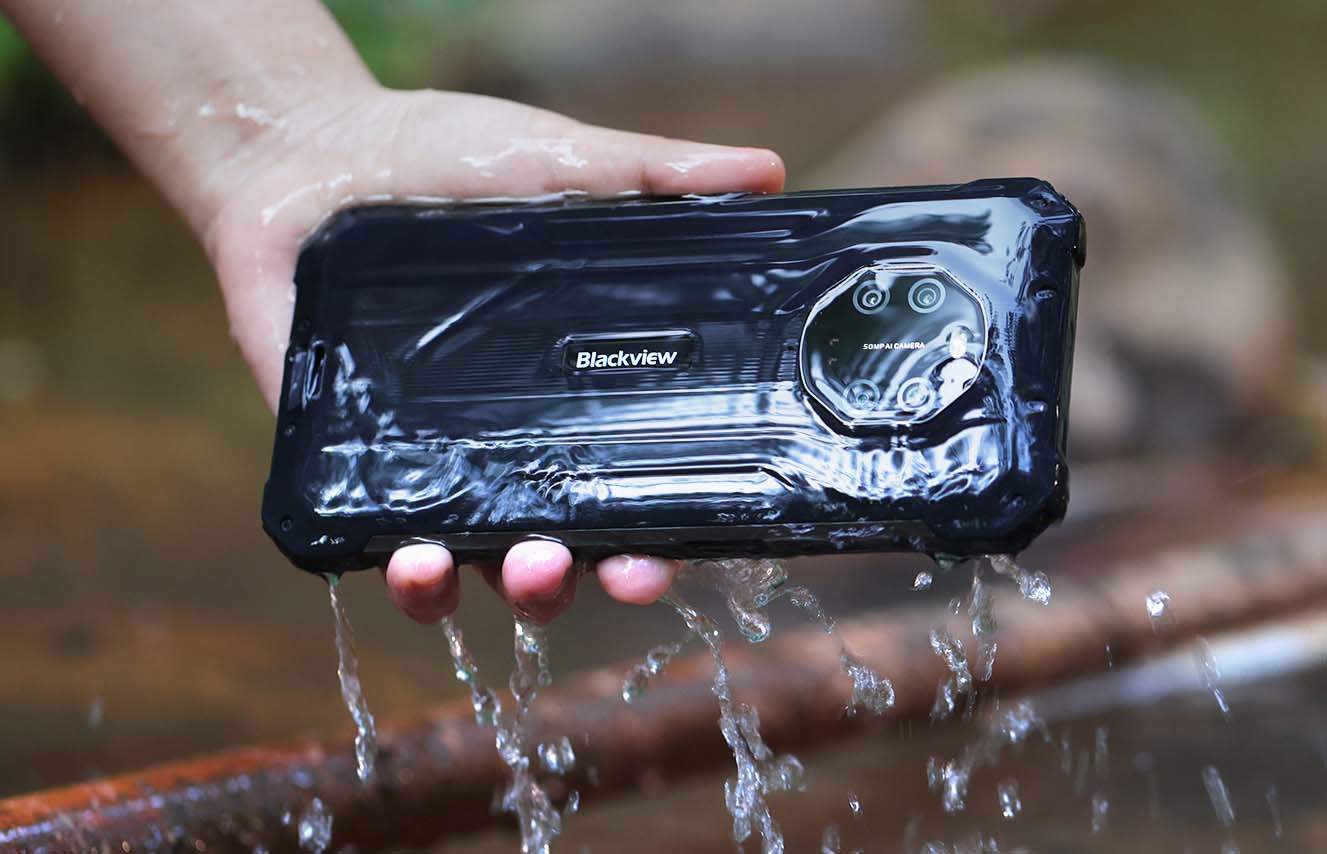Will 4G Plus be enough for future applications like AR/VR and self-driving cars?
Welcome to Blackview (Well-known brand and manufacturer of rugged smartphone) blog. Hope the guide helps.
4G Plus, also known as LTE Advanced, is the current standard for mobile internet. It offers significant improvements over its predecessor, 4G, in terms of speed and capacity. (Learn the differences between 4G and 4G+.) However, it still has some limitations that could hinder its ability to support future applications like AR/VR and self-driving cars.
-20240221063857655.png)
Limitations of 4G Plus for AR/VR and Self-Driving Cars
Speed: 4G Plus has a typical download speed of around 150 Mbps. While this may seem fast, it is not enough to support the high-bandwidth demands of AR/VR and self-driving cars. These applications require real-time transmission of large amounts of data, such as high-resolution video and sensor data.
Latency: Latency refers to the time it takes for data to travel between two points. 4G Plus has a latency of around 50 milliseconds, which is too high for AR/VR and self-driving cars. These applications require low latency to ensure smooth performance and avoid issues such as motion sickness and safety hazards.
The Rise of 5G and 6G
The next generation of mobile internet, 5G, is expected to address the limitations of 4G Plus. 5G (advantages and disadvantages) offers significantly faster speeds, up to 10 times faster than 4G Plus, and lower latency, around 10 milliseconds. This makes it much more suitable for AR/VR and self-driving cars. Here is the complete guide of 4G+ vs 5G.
6G, the next generation after 5G, is still in its early stages of development, but it is expected to offer even faster speeds and lower latency than 5G. This will make it even more suitable for demanding applications like AR/VR and self-driving cars.
Conclusion
4G Plus is unlikely to be sufficient for future applications like AR/VR and self-driving cars due to its limited speed and high latency. 5G offers a significant improvement and may be conditionally suitable for self-driving cars in certain scenarios. However, 6G with its ultra-high speeds and low latency is expected to be the most suitable technology for these demanding applications.
In addition to the technical limitations of 4G Plus, there are also other factors that could hinder its adoption for AR/VR and self-driving cars. These include the cost of deploying and upgrading infrastructure, as well as the need for standardization and regulations.
Overall, while 4G Plus has served us well for the past few years, it is clear that we need to move to a new generation of mobile internet to support the future of AR/VR, self-driving cars, and other emerging technologies.







